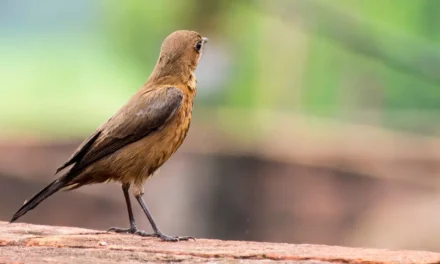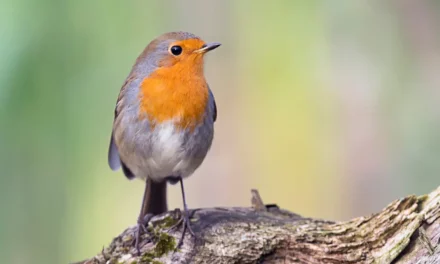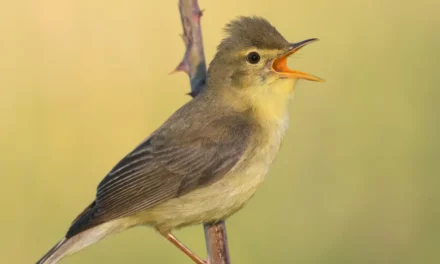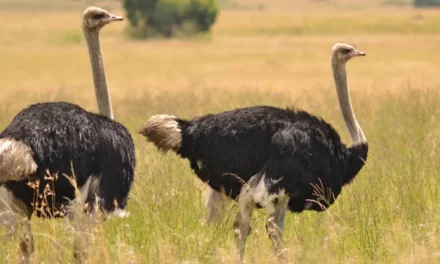What does the Willow Warbler look like?
The Willow Warbler is a small bird with a distinctive gray-brown plumage, sometimes showing greenish shades. Its pale eyebrow is similar to that of the Chiffchaff, making identification a challenge for beginners.
The upper body is covered in greenish-gray-brown feathers, while the underparts range from beige to pale yellow. Its appearance is strikingly similar to the Chiffchaff, but it can be distinguished by its lighter legs and longer wings.
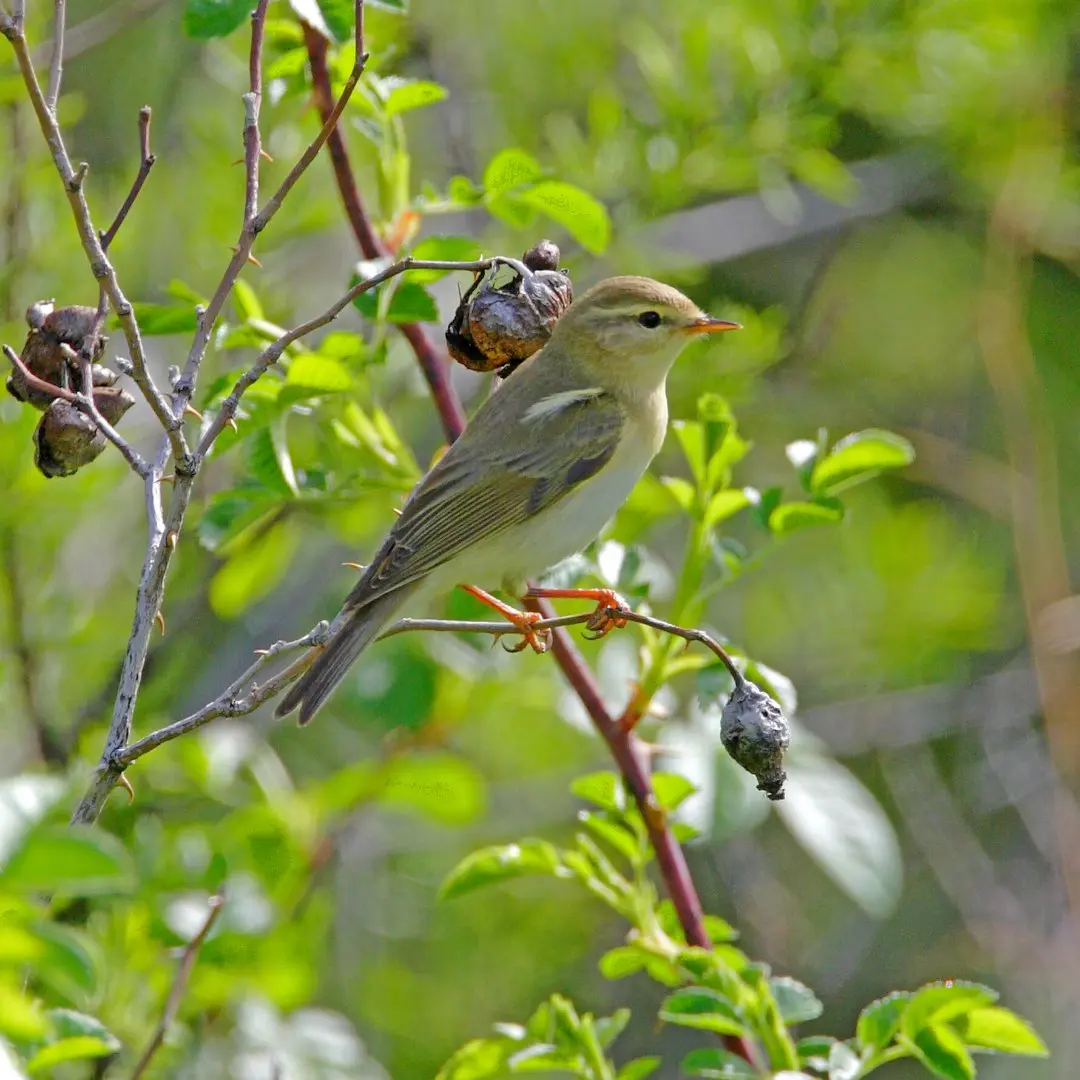
These longer wings are not just for show; they signify its behavior as a long-distance migrant. Measuring about the size of a Blue Tit, this bird is a delightful addition to any birdwatcher's list.
How does the Willow Warbler behave?
The Willow Warbler is often recognized more by its song than its appearance. Its melodious tunes fill the air in trees and hedges, especially during spring. Birdwatchers often spot it perched high, singing its melancholic song.
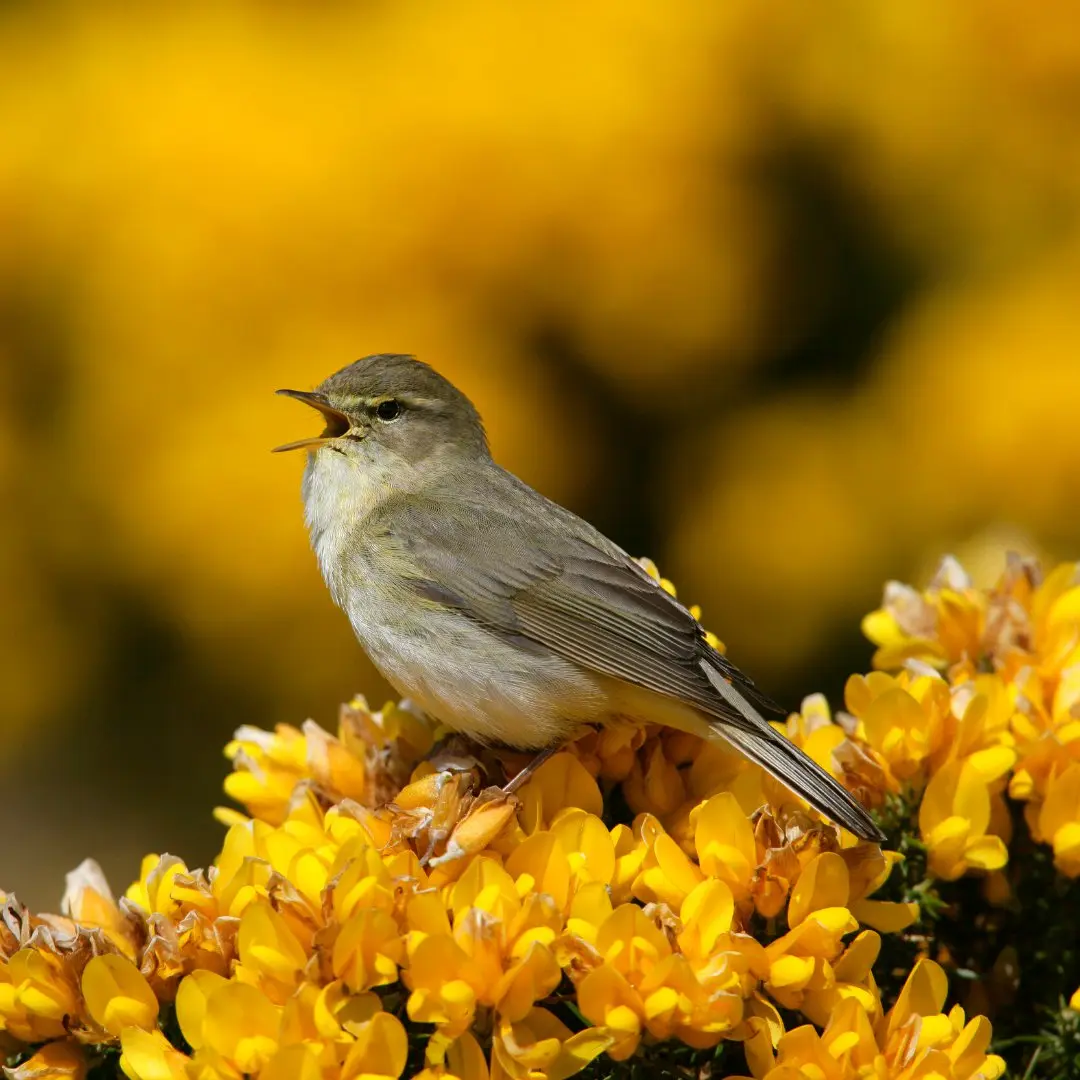
The song and calls of the Willow Warbler
What sets the Willow Warbler apart is its beautiful, melancholic song. The melody often starts with a fluted tone and ends with a cascade of descending notes, described as "fit-fit-fit sisisisisi yitoïtoïtoïtoï teuytoï."
Its rising and whistled call, "hu-it," is another distinct feature, helping bird enthusiasts identify this species even from a distance.
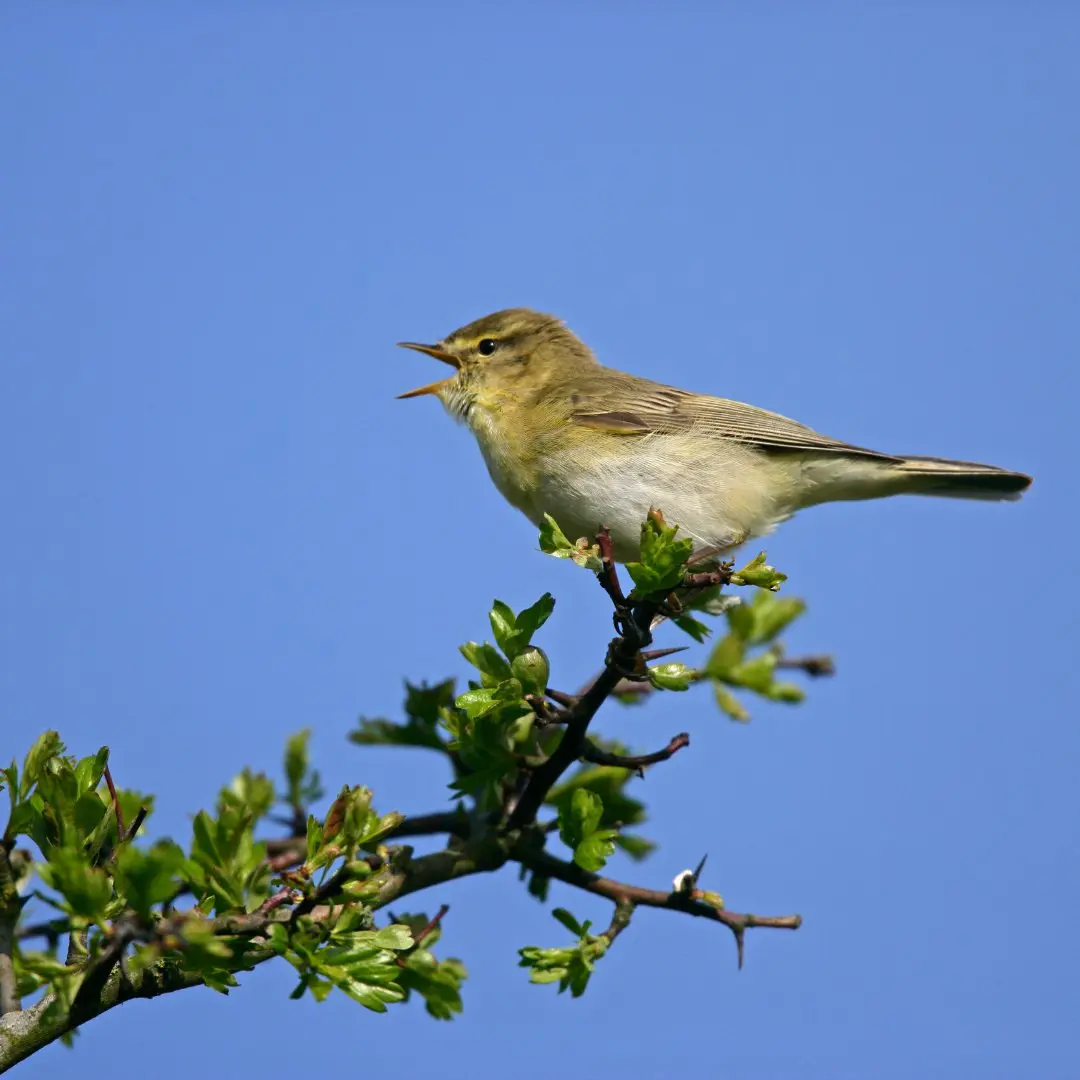
How does the Willow Warbler reproduce?
Breeding season for the Willow Warbler occurs from May to August. It produces one brood per year, typically laying 4 to 7 white eggs speckled with brown.
The nest is a carefully crafted ball of grass and leaves, often built near the ground in dense bushes. This ensures protection for the eggs and chicks from predators.
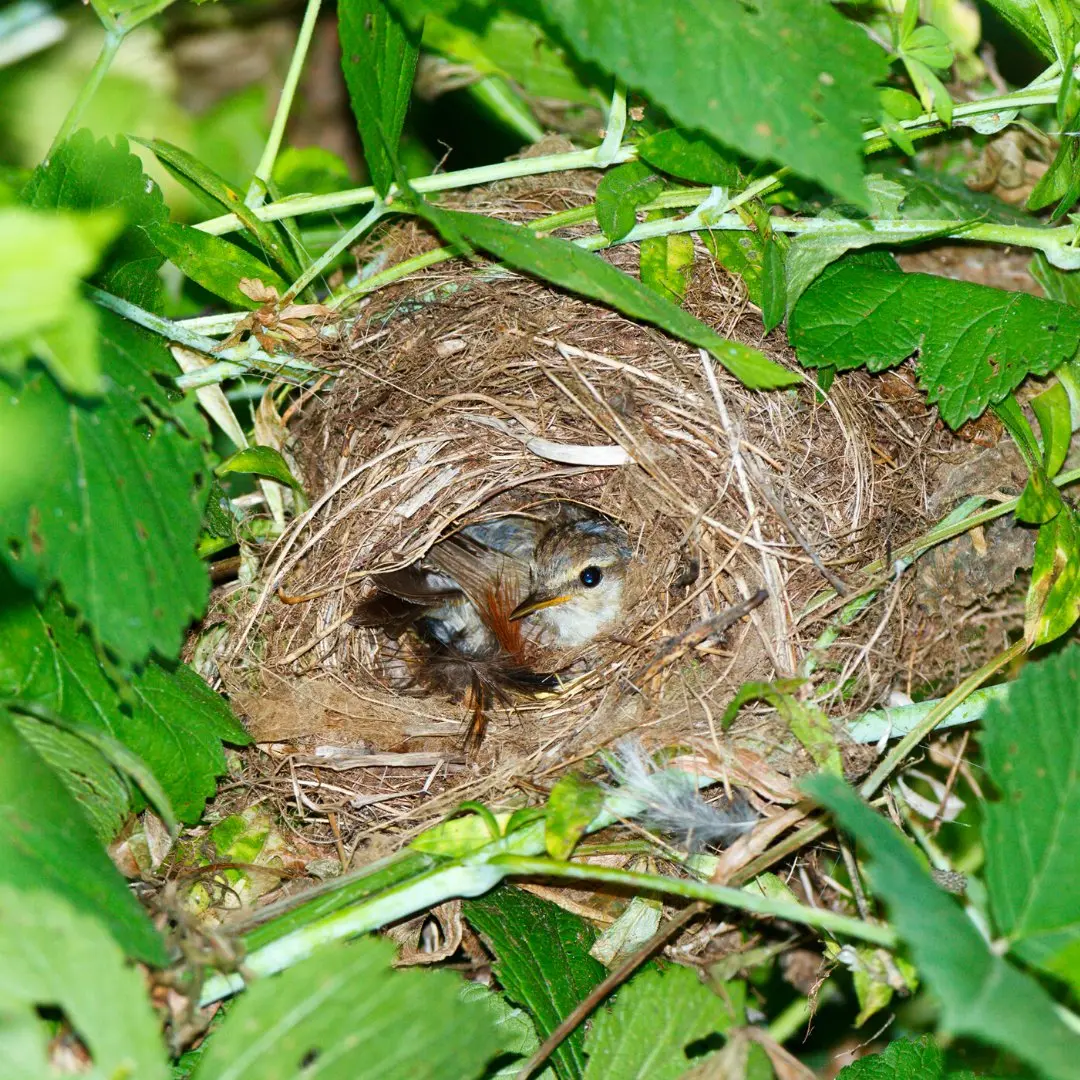
What does the Willow Warbler eat?
As an insectivorous bird, the Willow Warbler primarily feeds on insects. It can often be found flitting through trees and foliage, searching for its next meal.
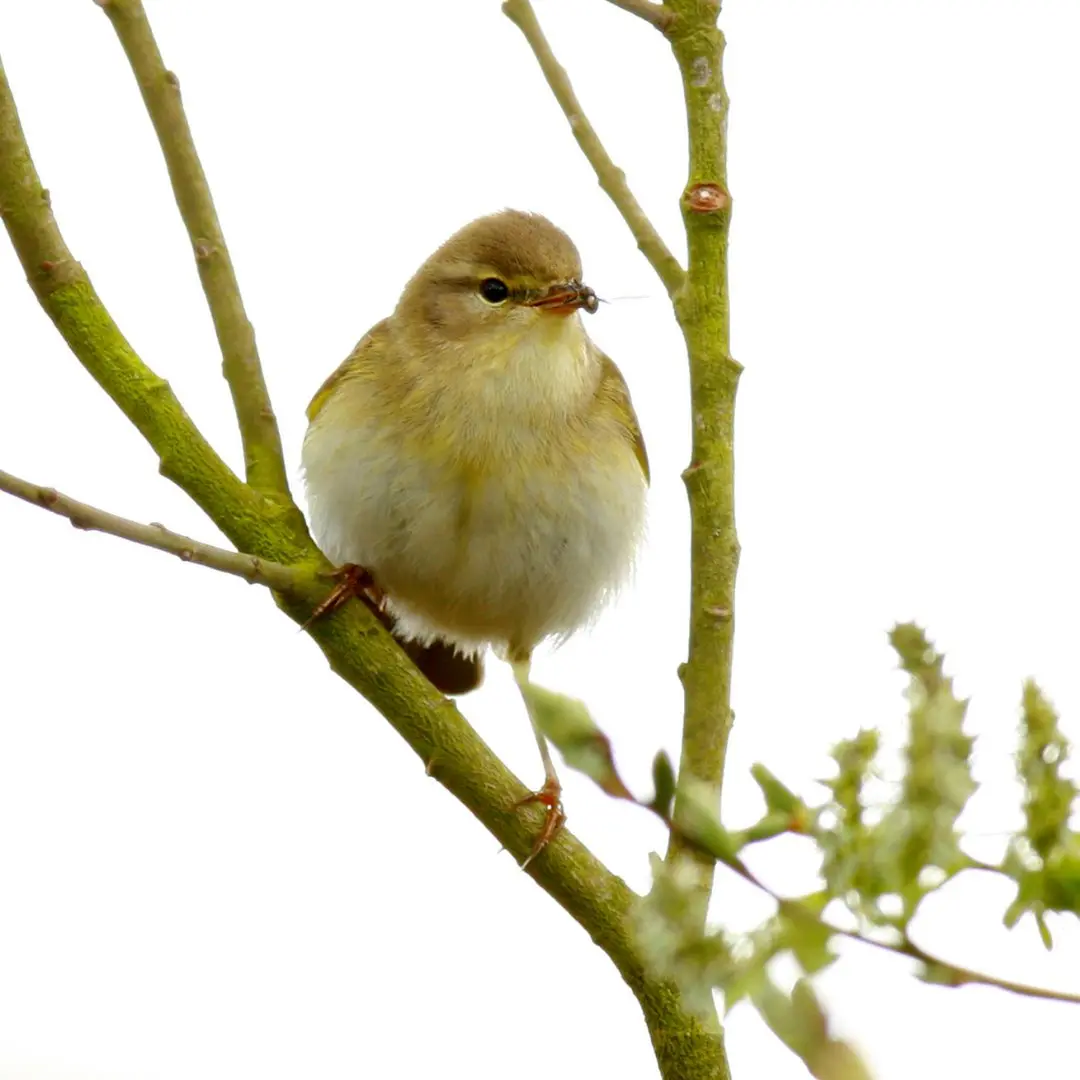
Where can you find the Willow Warbler?
The Willow Warbler's habitat includes open deciduous and mixed forests, as well as trees and hedges in parks and gardens. Its migration journey takes it from northern Europe, where it breeds, to sub-Saharan Africa for wintering.
In western Europe, the Willow Warbler is a common sight during spring stopovers. It can also be found breeding in the northern two-thirds of France.
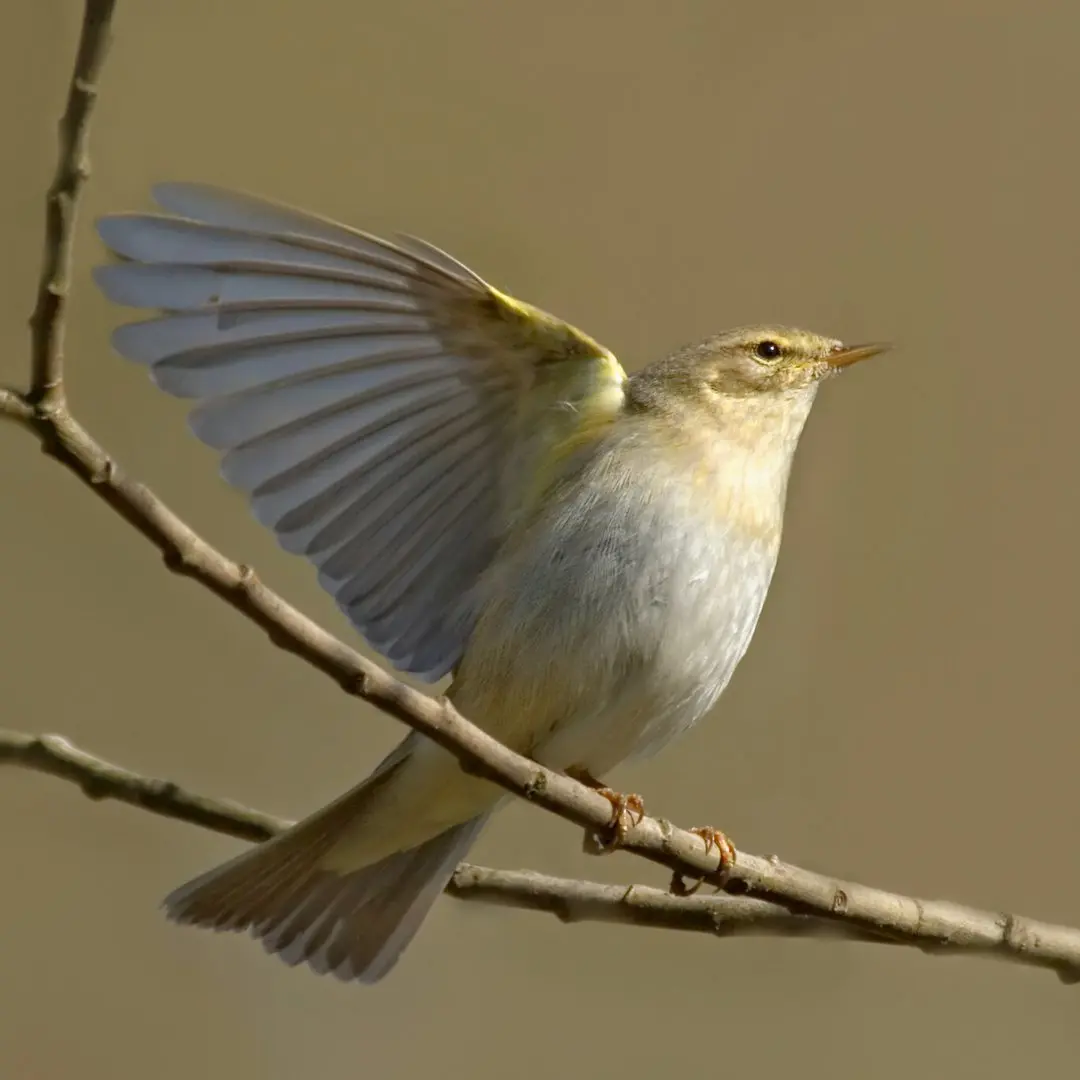
-


